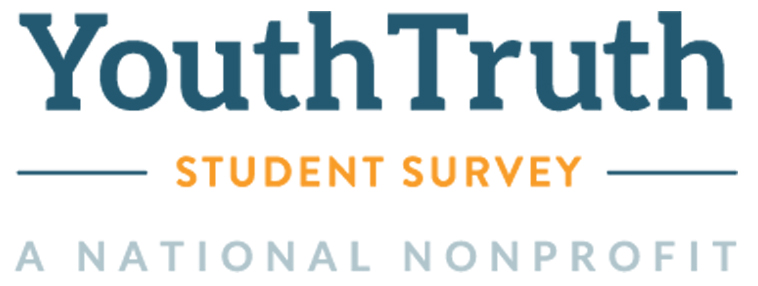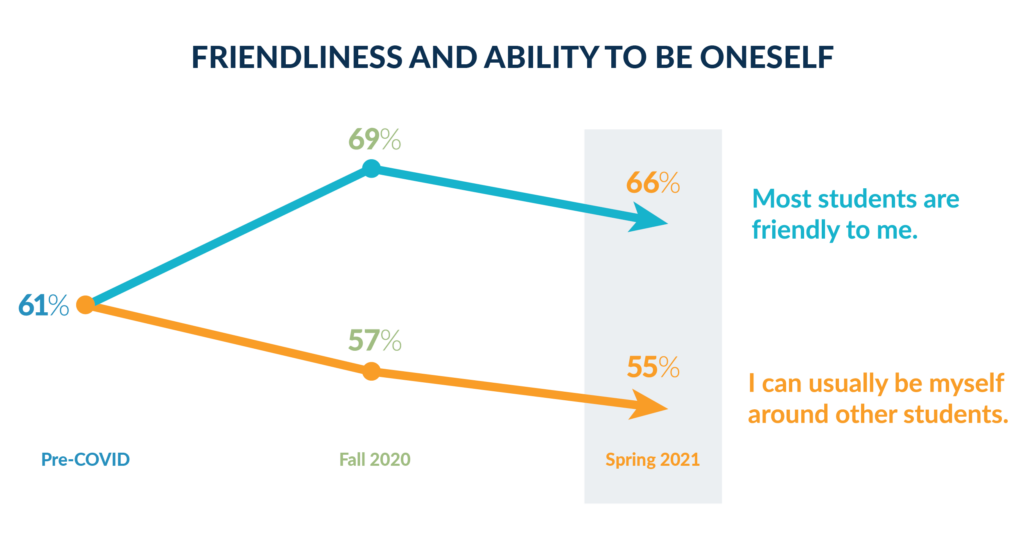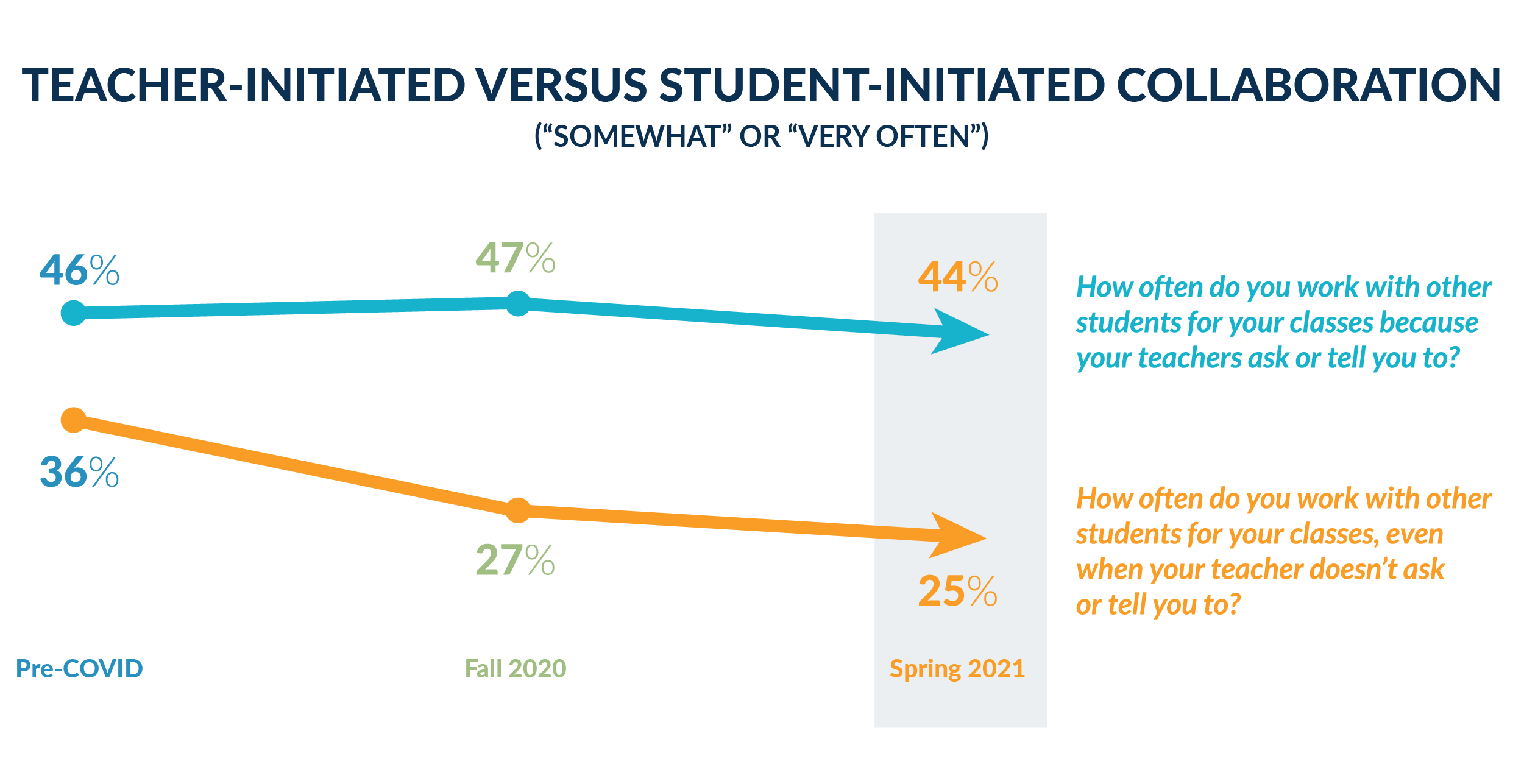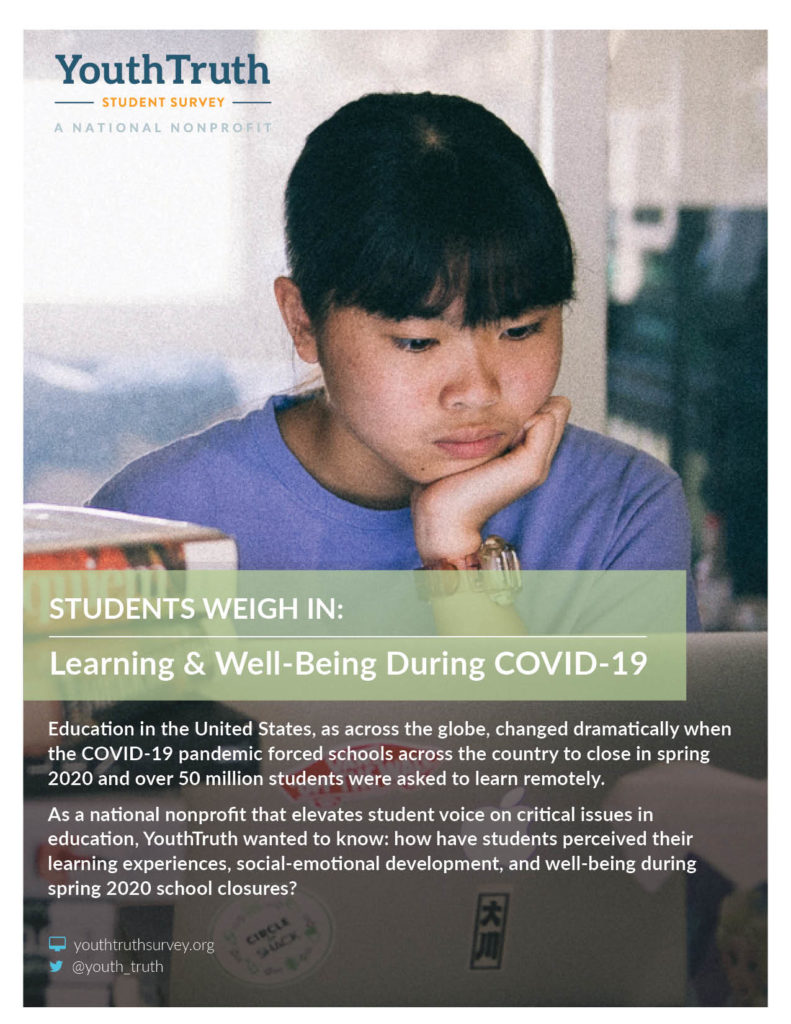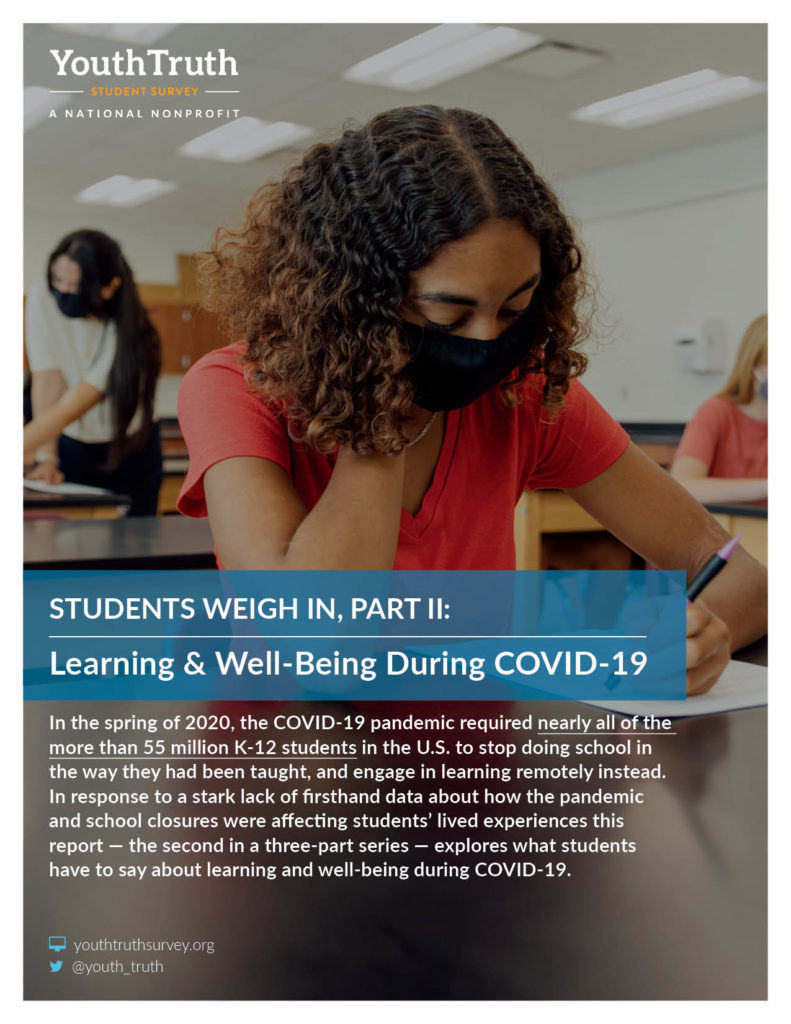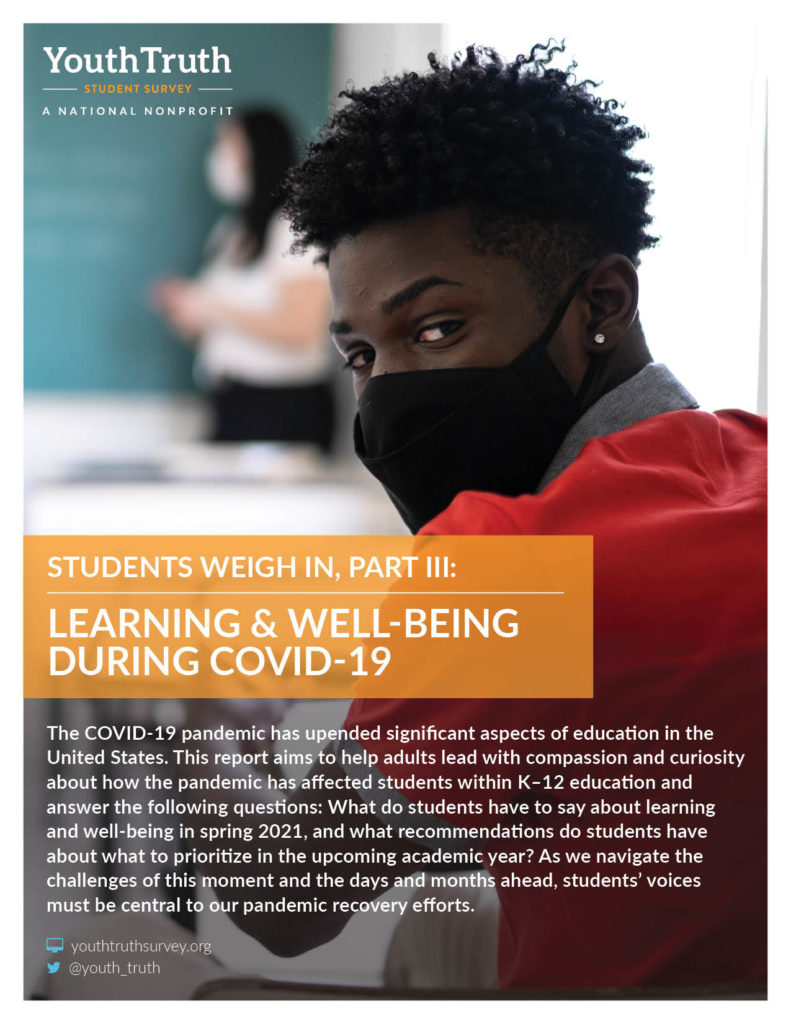Students Weigh In: Additional Insights
Prior to the pandemic, students rated both the degree to which they feel that most students are friendly to them, as well as the degree to which they feel that they can be themselves around other students the same: 61 percent of students rated each question positively.
A student’s feeling that they can “be themselves” is necessary to student belonging and opens pathways to other aspects that drive student success such as motivation, self-efficacy, and engagement with learning. Additionally, a students’ peer group offers an important developmental context that can promote prosocial behaviors. Creating opportunities for peers to develop their social networks through collaborative and interdependent learning is one way to jumpstart healthy connections.
In spring 2021, just 44 percent of students said they work with other students in their classes when their teachers ask them to, and that percentage has stayed relatively consistent pre-COVID and throughout the pandemic. Meanwhile, only 25 percent of students in spring 2021 said they collaborate with others even when their teacher doesn’t ask them to. And student-initiated collaboration dropped notably during the pandemic by 11 percentage points. This question regarding frequency of student-initiated collaboration, in fact, received the lowest rating across all of the survey items studied in the Students Weigh In, Part III report.

In Students’ Own Words: Help Us Collaborate
“I miss being able to collaborate in person with other kids in my class.” “I bond more over projects or even while sitting next to someone in class.” “I barely had the opportunity to work with others on projects and assignments or collaborate with my friends.” “My school can help by encouraging kids to create their own zoom meetings, use breakout rooms more often, or maybe find another app that can help.” “Even in person I feel teachers really care about turning in assignments and paying attention and not really how we interact with one another.” “This is a big issue because some students only have school to socialize and collaborate. When some of us go home, that’s it; we spend the rest of our nights alone and by ourselves.”
-High school respondents, spring 2021
Practitioner Strategies
Here are some of our favorite activities to promote connections between students. Many of these work well in both virtual and in-person environments.
- Create a culture of kindness with these tips from the Character Lab.
- Cultivate empathy using this Harvard Graduate School of Education’s Making Caring Common Project resource.
- Build community in the classroom with this 60-second protocol from Summit Preparatory Charter High School and Edutopia.
- Use your school’s YouthTruth report as a starting point for a conversation with teachers and students. Consider using the School Reform Initiative’s “Looking at Data” protocol to help students and adults alike learn from data and agree on a plan of action.
Explore the full Students Weigh In Series
Education in the United States, as across the globe, changed dramatically when the COVID-19 pandemic forced schools across the country to close in spring 2020 and over 50 million students were asked to learn remotely.
In response to a stark lack of firsthand data about how the pandemic and school closures were affecting students’ lived experiences YouthTruth explores what students have to say about learning and well-being during COVID-19 in our three-part series.
